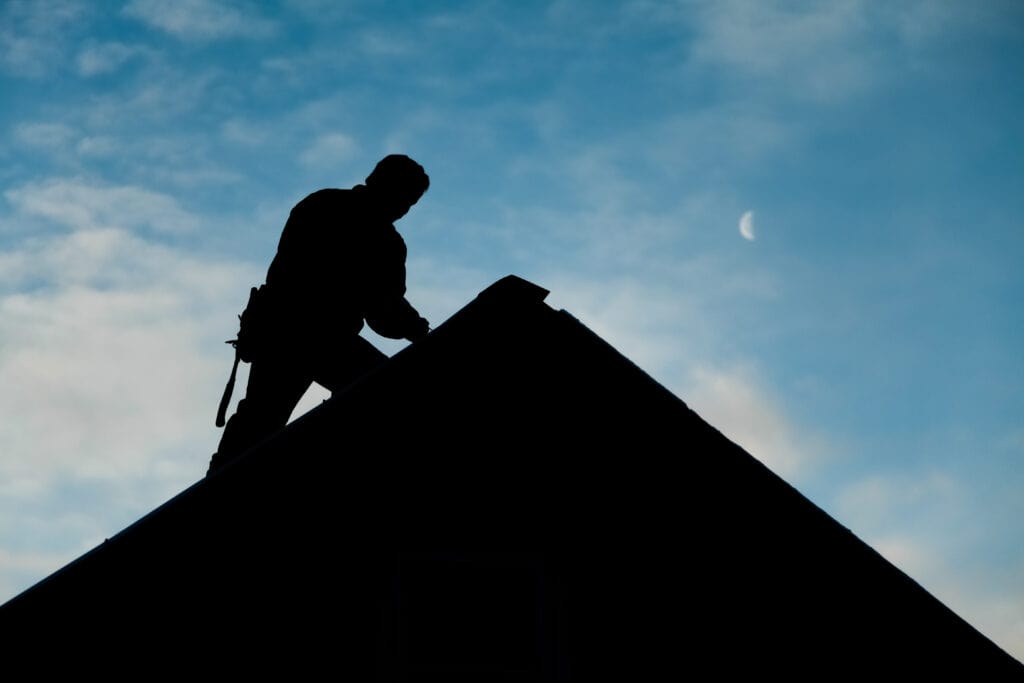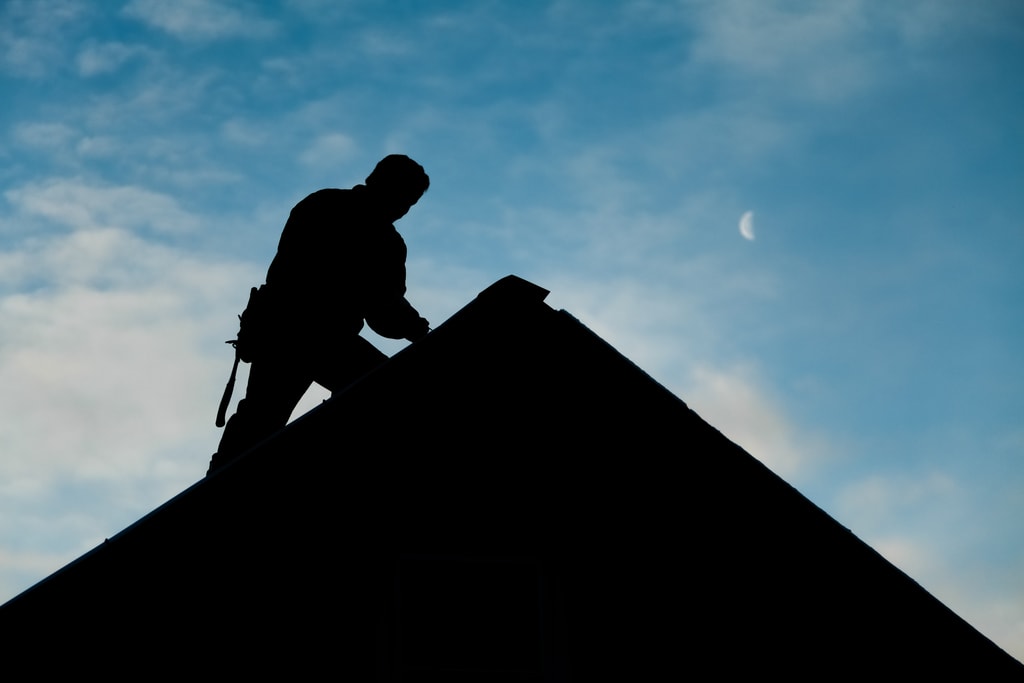
Ignoring a leaky roof can cause severe damage to your home, but fixing it is not as simple as it sounds. The average homeowner’s first impulse is to inspect areas of their roof where mold is growing. While this approach is a good starting point, closer inspection may be required.
The presence of mold is indeed the first sign of a damaged roof. But when dealing with today’s modern roofing designs, especially in well-insulated houses, the actual damage may be somewhere you don’t expect, apart from the visible leak.
If you’re trying to figure out how to fix a roof leak, you must first understand what’s causing it. Doing so helps you locate the source of the damage. Here are some common causes of leaky roofs:
Are your gutters clogged? Leaks can start when excess water accumulates in your gutters, along with debris that may pierce your roof.
- Improperly Installed Skylights
Skylights are a great way to brighten your home, but are they properly installed? If they don’t fit snugly into their rubber seals, the water barriers could erode over time and cause leakage.
- Shattered Shingles
Inclement weather can wear your shingles down, rendering them vulnerable to breakage. If you suspect that a cracked shingle is causing the leak, look around your yard. If you find shards of shingles on the ground, you can expect water to seep into your ceiling the next time a rainstorm arrives.
- Aged Roof
Your roof may be too old. It’s easy to patch it up for now, but this will be a temporary solution at best. Eventually, you’ll need to replace it.
Table of contents
How to Find a Roof Leak
Once you’ve ruled out the possible causes, it’s time to do some detective work. There are several ways you can easily spot roof leaks. Before starting your search, remember to wear comfortable and protective clothing and to practice safety. Your roof is already damaged; don’t make things worse by hurting yourself as well in the process of fixing it.
Check Out the Attic. Look at the Roof’s Underside.
Before spending time in your attic, arm yourself with a flashlight. Choose one that’s bright and easy to maneuver. Unless you frequent your attic, you probably won’t know how stable your flooring is. You wouldn’t want to create another hole by accidentally stepping through the ceiling.
Once you’ve gained a foothold, shine a light on your roof’s underside. What you need to look for is an area that appears much darker or soggier than its surroundings. Such signs of dampness can directly point you to a leak.
Insulation Damage Leaves a Trail. Follow It.
As you check your roof’s underside, be sure to sift through its insulation. Insulation should be airtight and is designed to preserve your roof’s integrity, so keep your eyes peeled for discoloration or anything that indicates deterioration. Broaden your search, too, because rainwater tends to travel in random directions.
Look for Sharp Objects that May Have Lodged Themselves in Your Roof.
The most apparent cause of a leaky roof is stray nails that could chip or pierce your roof’s underside. Because steel and iron (both commonly used in the manufacture of nails) are reflective, a flashlight can help you spot them quickly.
Other things to look for are sharp objects that have found their way into your roof vents. Locate your gable ends and ridges (where you will usually find these vents) and give them a once-over.
Find a Friend and Give Your Roof the “Water Hose Treatment.”
This technique is one of the easiest and most effective ways to spot a roof leak in dry weather. Have someone hose down your roof with water for several minutes while you observe the roof’s surface.
Make sure your assistant wets one concentrated area at a time to narrow down your search. Let them hose it down long enough for the water to move. The goal is to simulate a rainstorm to pinpoint the location of any leaks. It’s also a helpful method for gauging how your roof holds up during a downpour.
How to Fix a Roof Leak
Once you’ve located the primary source of your roofing problem, you can start repairing immediately. Don’t worry if you lack the expertise or the tools. Most roof leak repairs take only a few minutes with minimal experience and resources.
For Simple Roof Leakage
Not all roof leaks require professional care. You can easily do the following on your own:
- Ensure adequate flashing.
Buy an adhesive water-and-ice barrier from your nearest hardware store, remove your roof’s shingles, and slap on some adhesive. Do you notice the surface that covers your roof’s overhang? That’s called the soffit. Clean any opening under it, and be sure to include the roof joints to prevent future leaks.
- Cut off metallic fasteners that invite moisture.
If you find an errant nail that missed the framing (likely because the carpenter drove it into the rafter sheathings), cut it off with a pair of sharp pliers. Moisture tends to cling to metal at sub-zero temperatures. After water condenses and freezes at night, it drips in the morning when the ice melts.
- Use roof cement.
Caulking your roof is merely a band-aid solution, and we only recommend it for emergencies. If your roof suffers from extensive damage, consider hiring a professional.
For Complex Roof Leakage
The pitter-patter of rain seeping into your house can grate on your nerves and cause sleepless nights. If the leakage is too persistent or you merely want to spend your time on other activities, enlist roofers to take care of the problem.
Entrust your roof to The Saw Guy, whose decades of know-how and experience have kept countless homes free from leaks. We are the go-to experts for DIY handiworks, promoting the best bang-for-your-buck tools to aid in building projects.
Our team of woodworkers and furniture builders takes pride in creating informative guides for home improvement. We cover a range of topics, from how to find and fix a roof leak to the most suitable lawnmowers for every type of grass. Let’s turn your vision into reality.

